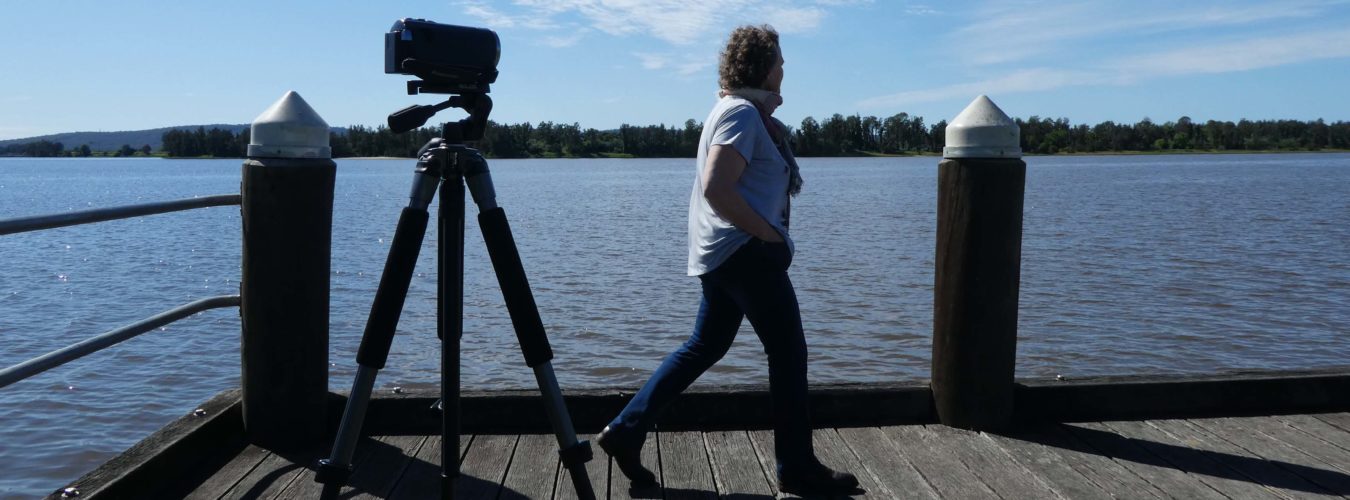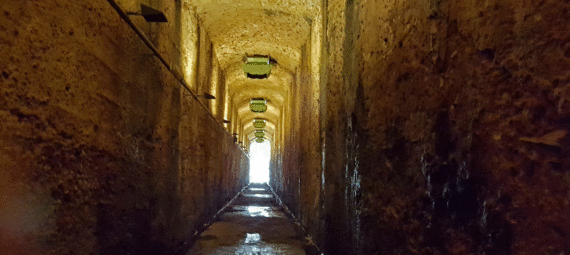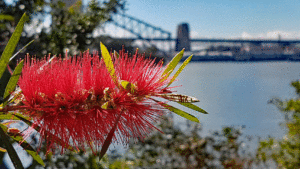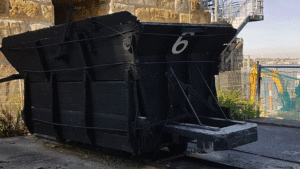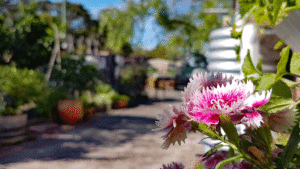When Henry Lawson wrote his poem The Sacrifice of Balls Head in 1916, Sydney was deeply affected by the Great War. It was the year in which catastrophic Australian casualties were suffered on the Somme, leaving a legacy of loss which changed the city and the nation. It was the year in which Anzac Day was officially named.
1916 gave rise to the infamous six o’clock closing law – when a group of soldiers based at Liverpool went on a drunken rampage which finally ended when they reached Central Station and one was shot dead. It became known as the Battle of Central Station. It was the age of rail. The Harbour Bridge would not open for another 16 years so steam powered vessels still formed the backbone of transport and commerce around the harbour. Coal, therefore, was king.
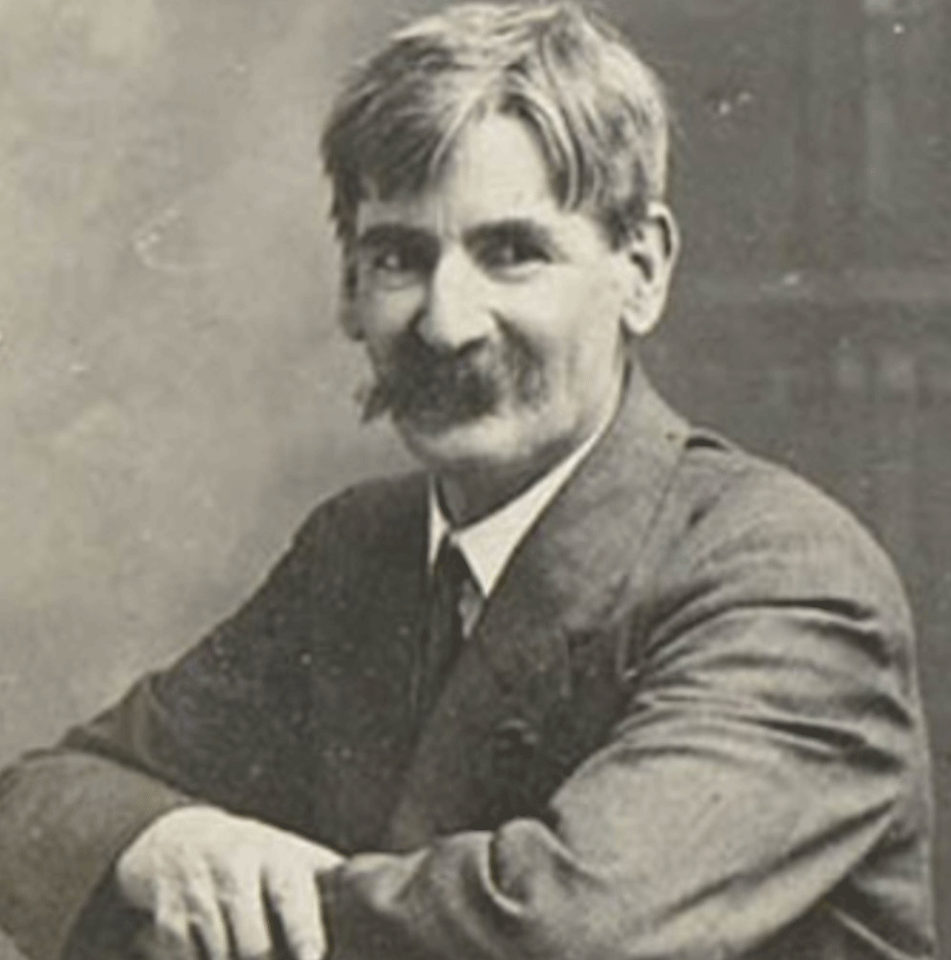
It is not difficult to imagine that against such a backdrop, the bushland of Balls Head would have been a welcome retreat – and indeed Lawson’s poem says just that.
Lawson himself lived around North Sydney between 1885 and 1920 and perhaps he knew the tracks and trails of the Waverton peninsula well.
The area was already partially industrialised when the North Shore Gas Company built a gasworks at Balls Head Bay in 1906. News that the Sydney Coal Bunkering Company planned to build a coal loader there as well must have been the final straw for Lawson whose poem is now considered to be part of one of Sydney’s earliest environmental protests.
He writes of the loss of picnic parties, boating couples, wildflowers and great brown rocks and laments the plan for soulless cranes and grimy loads of coal.
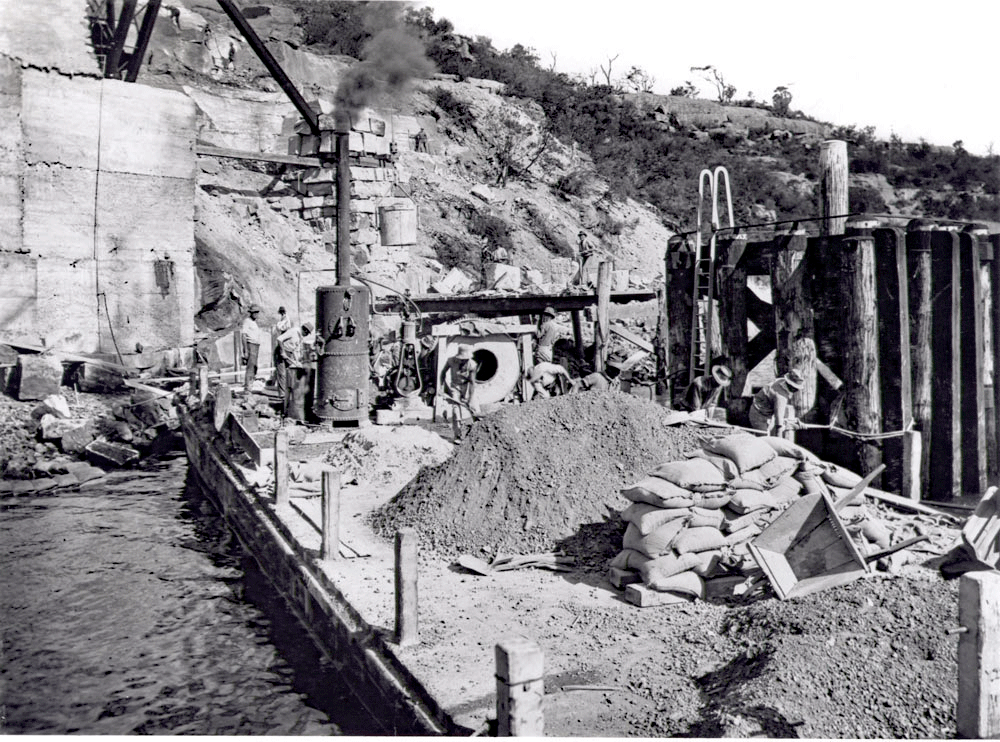
But then, as now, the coal lobby had a lot of clout and the loader went ahead. According to the Dictionary of Sydney “It was the most advanced means of loading coal into steamers then available in Sydney Harbour. Coal from colliers was dumped onto a huge timber and rock platform on the shore. It was fed by gravity down shutes to four tunnels below, and then into waiting hopper cars which were then hauled by cable out to a long wharf. The coal was loaded as fuel onto the steamers docked alongside.”
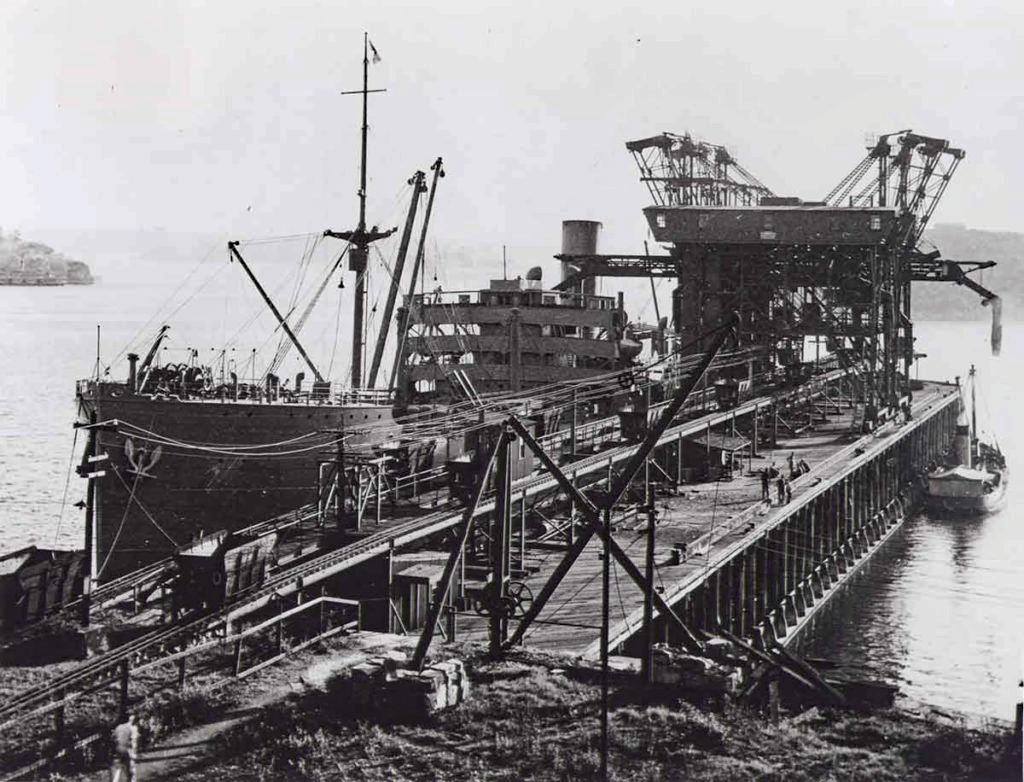
The coal operation continued on with a major refit in the 1970s to allow large colliers to dock to supply coal to Japan. The last load left in 1992. These days the industrial site that so enraged Australia’s iconic poet has come full circle.
The wharf, coal-loading platform, tunnels and a few brick administrative buildings remain as evidence of bunkering operations but thanks to a lot of lobbying by the community over many years they have become the Coal Loader Centre for Sustainability and development of the site for public use is ongoing.
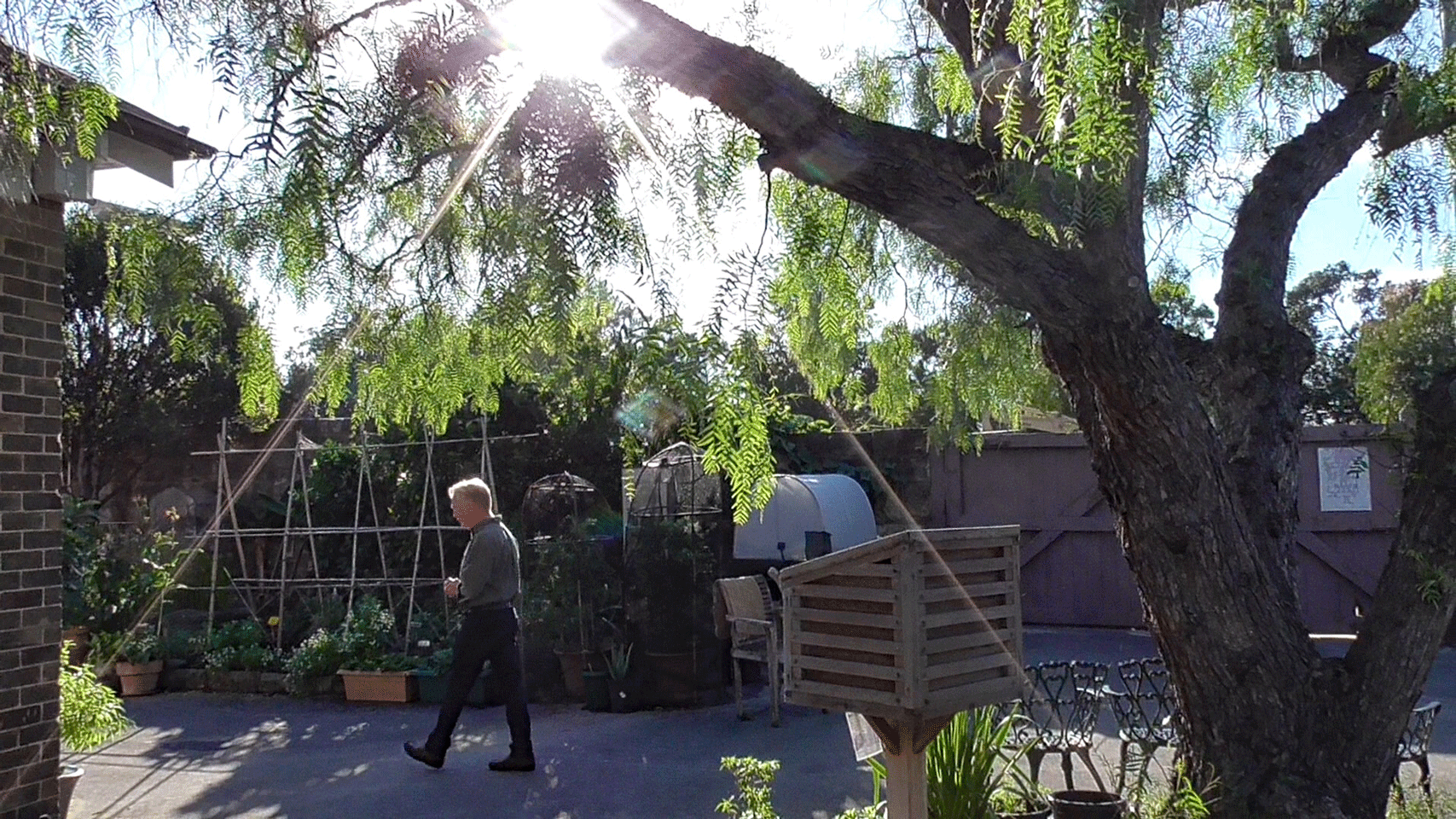
What we did
Explore the centre
We took a stroll around the Sustainability Centre. There are bush food and community gardens and a chicken yard. Two old fuel tanks have been converted into a wetland as part of remediation of the site. One of the buildings is now a sustainability learning centre. The site is crisscrossed with paths that take you to wonderful views of the harbour – and there is a lift that allows access for those with limited mobility. We couldn’t access the old coal loading platform on the day we were there due to construction work – but this is the location of the community garden area featuring recycled storm water systems, an urban fruit tree forest and aquaculture beds.
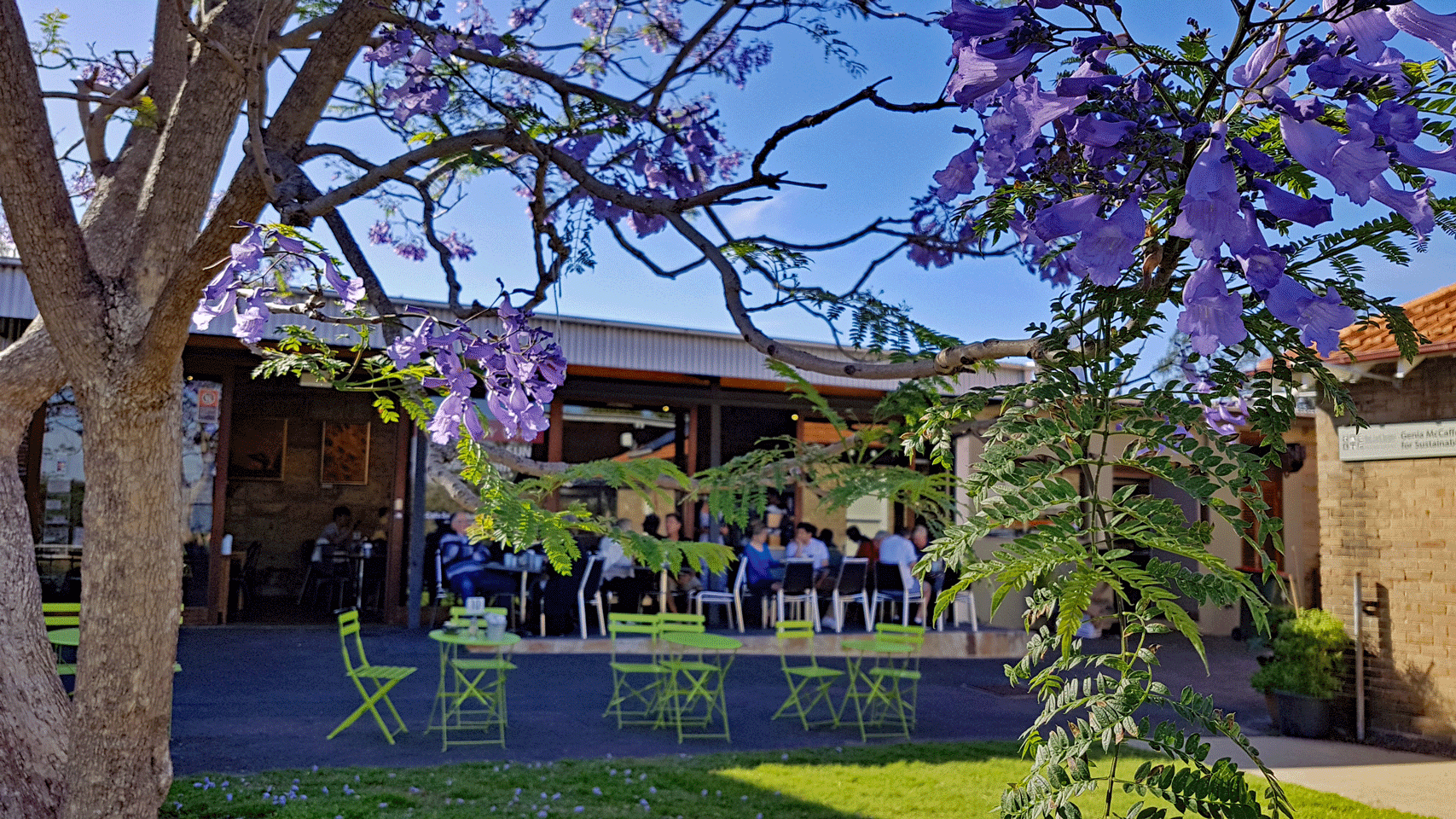
Breakfast
No good exploration is complete without a food experience and we suggest you plan to pop into the Coal Loader Cafe. We had a nice breakfast there – calling in early at 7.30am. We had the place to ourselves at that hour, but it was packed later in the morning which is always a good sign. There was a varied menu and good service.
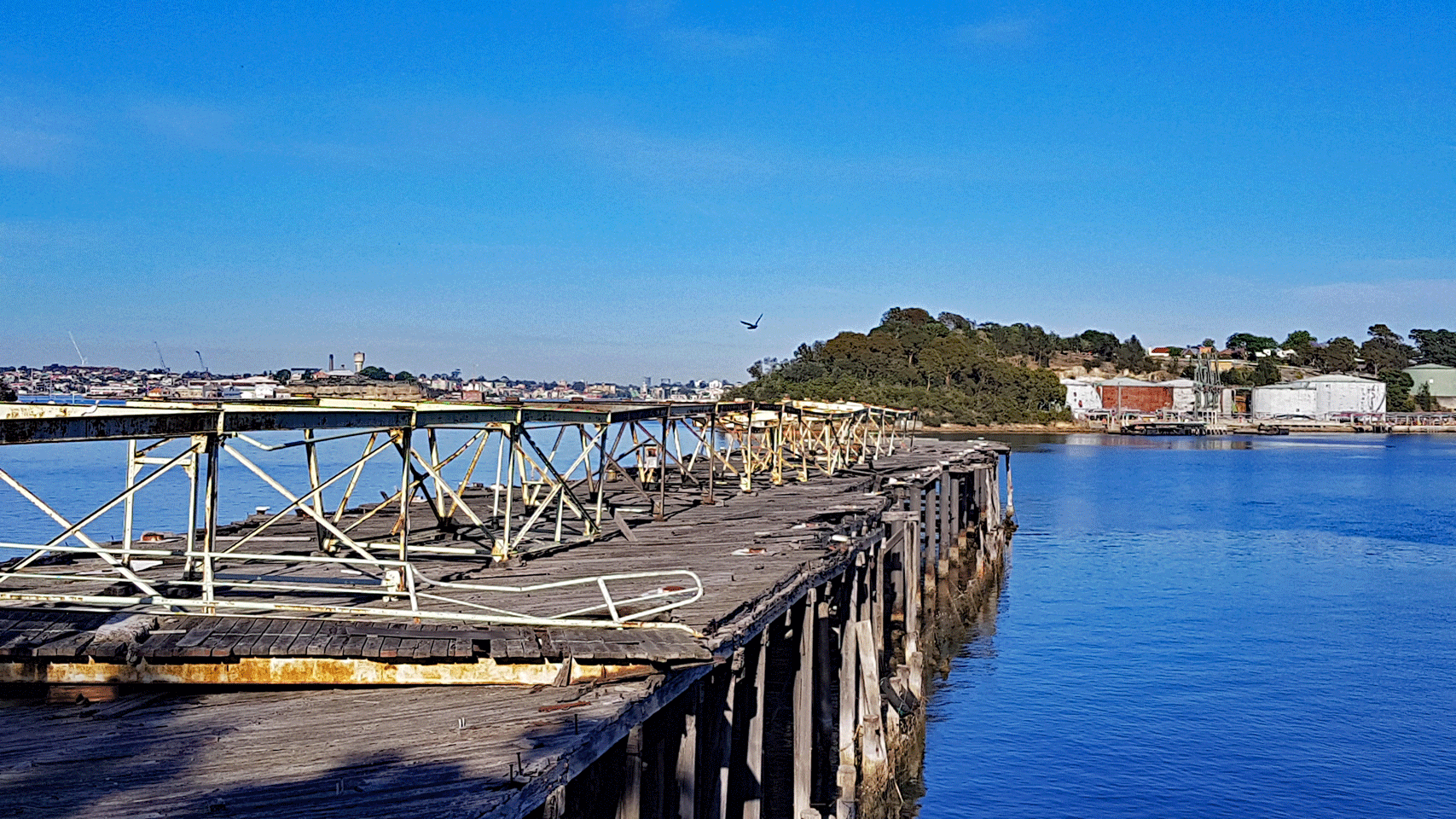
Reminders of the past
After breakfast we headed down toward the derelict loading wharf which awaits remediation under plans for the site. Outside the tunnel entrance is the only remaining Mead Morrison No. 6 skip. The carriage was part of the complex loading process that operated for 70 years and is now almost 10 years old. It’s built from hard and soft wood with iron wheels and mechanisms. It’s an interesting reminder of what went before.
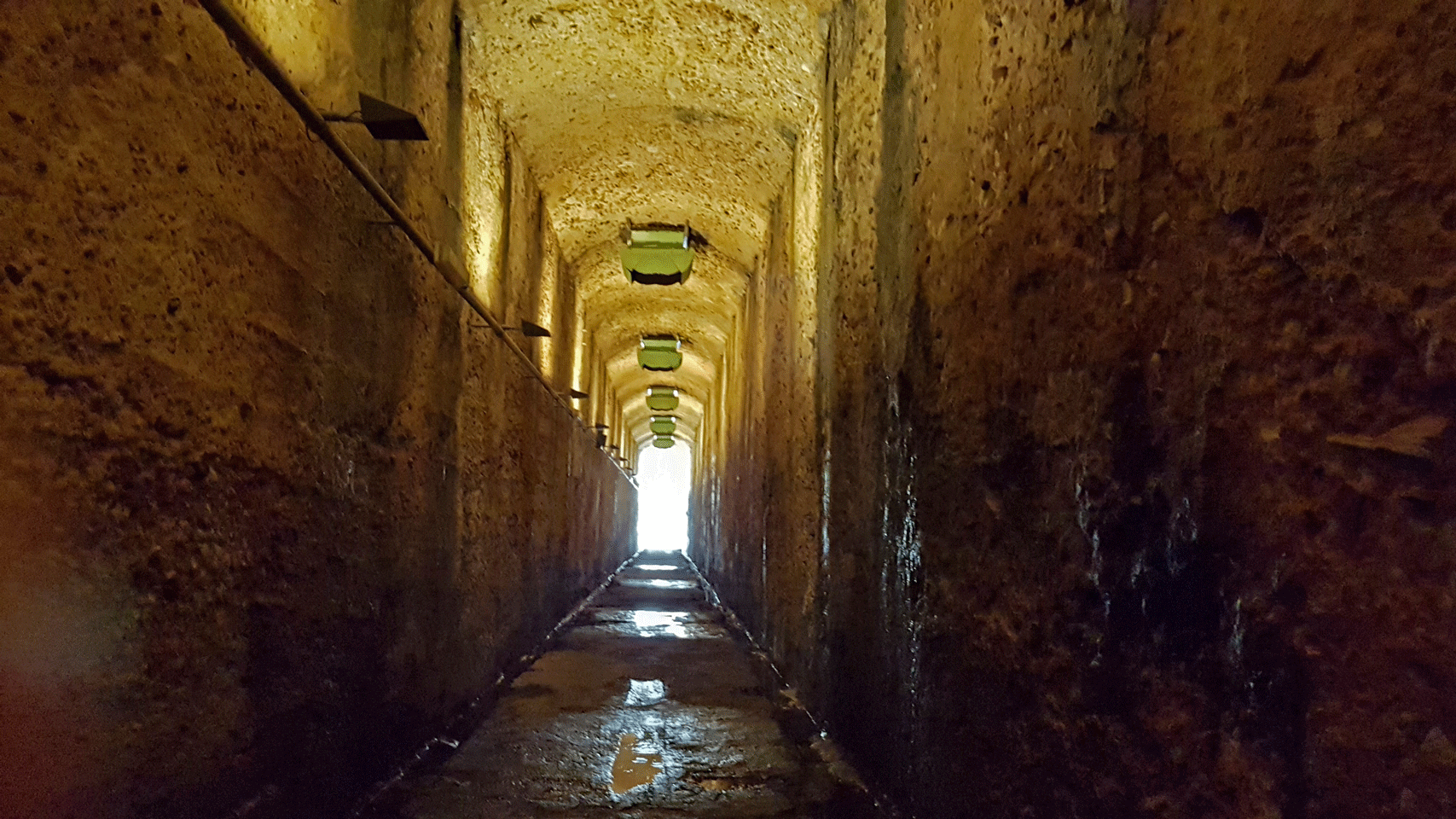
The tunnels
These tunnels were crucial to the coal operations. Their operation is explained above – but they are one of the most interesting features of the site. One has been converted into an always-open and automatically lit public walkway which links to Balls Head Reserve via a walking track. As you walk though you can look up and see the numbered chutes which once dumped an avalanche of coal into skips waiting below which then trundled along tracks out to the wharf and the waiting ships.
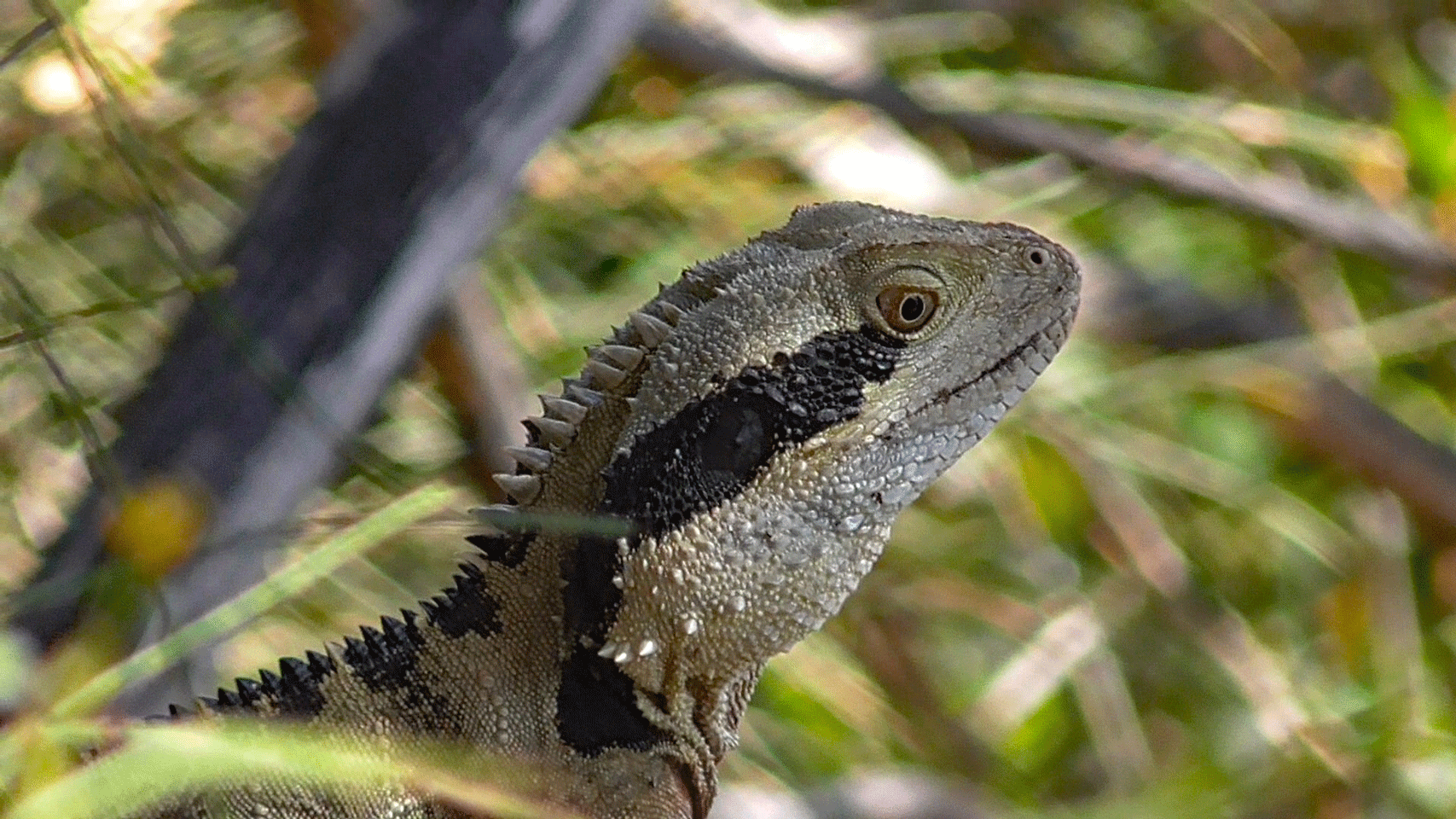
The reserve
Follow the track all the way around into Balls Head Reserve. Henry Lawson would have been chuffed, we think, that public bushland still exists in such a prime harbour location that is accessible to all. The views of the bridge, the city skyline and the comings and goings on the harbour are an amazing asset to the city. Sure, it’s not pristine bush, but still a respite from city traffic and the hustle and bustle.
